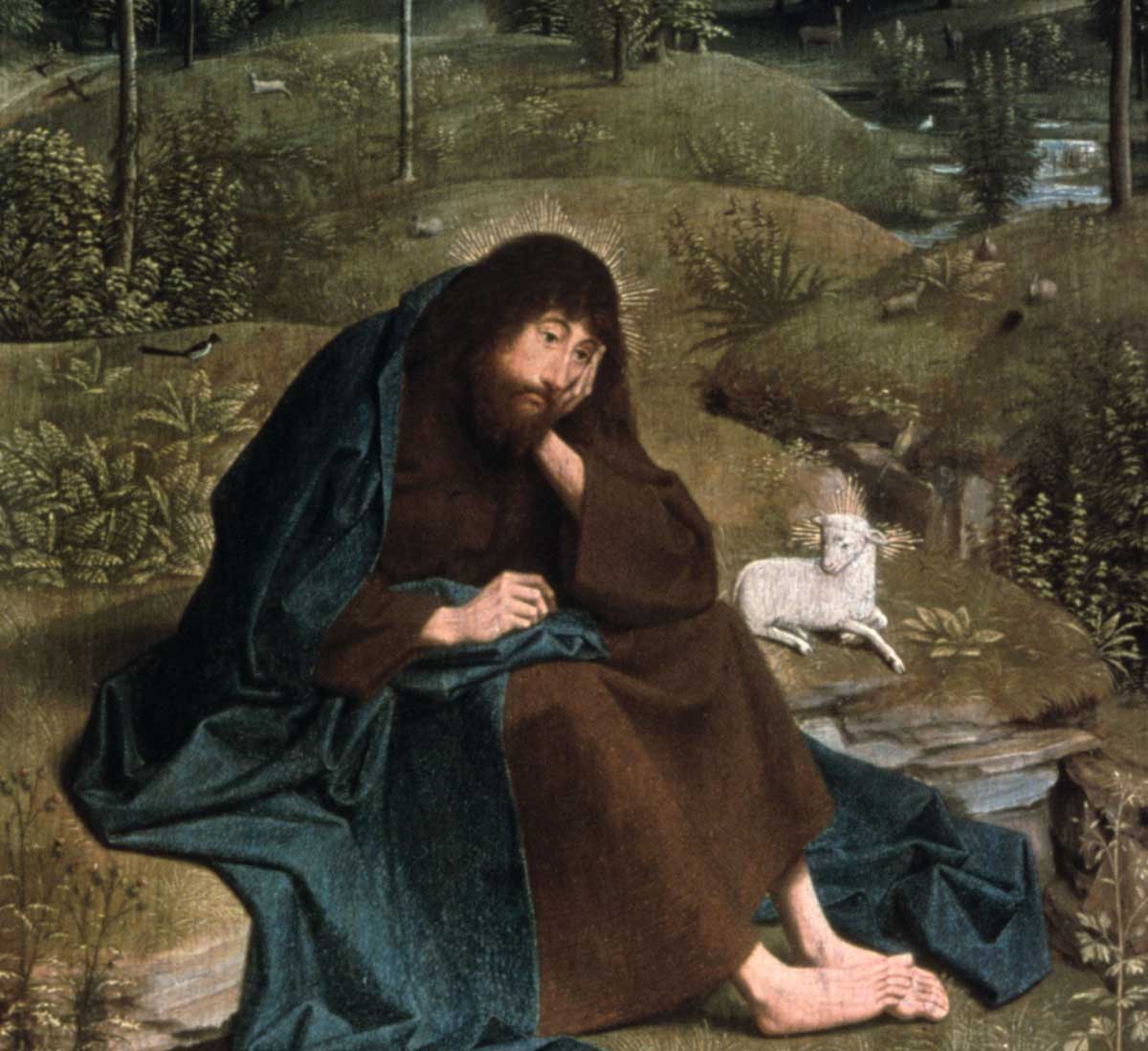Desperate Pilgrims
I spent three days last April among the Episcopalians in Valley Forge where over two hundred years ago General Washington wintered with a band of cold, starving, ragged troops after three successive defeats. The Episcopal Synod of America (ESA), a conservative protest group within the Episcopal Church, U.S.A., in apparent retreat and disarray, met for three days to decide their next move.
My ESA friends, like Washington, are in conflict with the established order, peeved that their denomination appears bent on restricting their right to practice and propagate traditional Christianity. The synod is upset by the ordination of women, the consecration of women bishops, the failure of the General Convention to uphold standards of Christian morality, and the toleration of heresy. It is a story common to conservatives within most denominations, many of whom are asking, do we stay or do we leave?
Like Washington, who lost three thousand troops at Valley Forge, the synod has suffered numerous setbacks, low morale, and many casualties. Every year there are fewer delegates to the ESA’s legislative assembly. Every year, some Episcopalians become Roman Catholics, some become Orthodox, others go elsewhere, and some quit in despair and quietly fade from religious practice.
The synod intends to force the General Convention in 1994 to state whether or not conservatives are welcome in ECUSA. The convention also will address whether or not recognition of all ordinations—specifically women (and possibly homosexuals)—will be required of all clerics. The ESA says they are prepared to set up a new ecclesial province, complete with separate ecclesiastical courts—within the ECUSA structure—if they feel ECUSA intends to put them out or has so violated the canons of biblical Christianity as to make a separate entity a necessary protection against liberal bishops and clergy.
Many criticize the synod for staying in ECUSA, but the only victory ESA can win must be won within ECUSA. For if they ever decide to leave, the synod may evaporate overnight because everyone has a different idea of where to go: Rome (Latin or Anglican rite), Constantinople (Eastern or Western rite), “Continuing” Anglicanism (any one of several varieties), or some new entity altogether. There was open talk of these options at Valley Forge but no consensus.
The larger issue Episcopalians are facing is what it means to be simply Christian. When the faith has been nearly abandoned, holding membership in and supporting the structures of a degraded denomination seems vain to many. Said one delegate at Valley Forge, “Anglicanism and the Episcopal Church no longer exist.”
Still, conservative Episcopalians, looking backwards, may wonder if they break faith with their ancestors by abandoning Anglicanism. But they may also look forward and ask how to provide for the well being of their children. While they know that God has no grandchildren, they might hope that their children at the very least might hear the gospel somewhere, not the apostate drivel of the religious professionals occupying their pulpits.
When an inquirer asks about the gospel, how many Christians can now confidently say, referring to their local churches, “Come and see”? It is the faith itself—the faith of the Scriptures, the Creeds, and the historic Church—that is at stake. The Episcopalian battle is over the very soul of the church, whether it will be Christian, unchristian, or even anti-Christian.
Many who can no longer function conscientiously in such a church are asking, “Where do we go?” And so it is that some clergy and congregations reared within the Anglican ethos have been willing to come under the umbrella of the “Eastern” Orthodox in America. One of the new homes of refugee Episcopalians is the Antiochian Orthodox Archdiocese of North America, which is under the patriarchate of Antioch.
This small exodus East is getting notice. And conservative Episcopalians who have not left ECUSA are also being keenly watched—and courted—by the Antiochians. A recent issue of the Antiochian Again magazine has on its cover: “Caught in the Crossfire: The Anglican Controversy.” But what “crossfire”? The cover shows an Anglican-looking stained glass window in the marks of a rifle sight. Victims of crossfire are so by accident. Here, the Episcopalians are the intended target. Inside, the issue of Again is dedicated to the “growing number of clergy and lay people in the Anglican communion” feeling estranged from their church. The dedicatory page goes on: “Brothers and sisters, may God direct your paths!” Where? Right to the Antiochians, I guess. The issue targets restive Anglicans with sympathetic treatment of the women’s ordination and other controversies, with ample reassurances of Orthodoxy’s orthodoxy on such matters, as well as how to get information on Orthodoxy from the Antiochians.
Some Episcopalians are upset about this new Antiochian aggressiveness. The Living Church, a quasi-official Episcopalian publication, ran several editorials and articles protesting it. But one can scarcely blame converts such as Again’s Peter Gillquist and others for speaking a little boldly (with no unkind words about Anglicanism) about their church. After all, the group they are targeting is not a nest of contented pew sitters, but a desperate group (made desperate by the actions of the Episcopal church) who are saying, “Where do we go?” The answers the Episcopal church have to offer no longer wash. So, the Antiochians are to sit on their hands while people interested in Orthodoxy stand about? One could die from such shyness!
James M. Kushiner is the Director of Publications for The Fellowship of St. James and the former Executive Editor of Touchstone.
subscription options
Order
Print/Online Subscription

Get six issues (one year) of Touchstone PLUS full online access including pdf downloads for only $39.95. That's only $3.34 per month!
Order
Online Only
Subscription

Get a one-year full-access subscription to the Touchstone online archives for only $19.95. That's only $1.66 per month!
bulk subscriptions
Order Touchstone subscriptions in bulk and save $10 per sub! Each subscription includes 6 issues of Touchstone plus full online access to touchstonemag.com—including archives, videos, and pdf downloads of recent issues for only $29.95 each! Great for churches or study groups.
Transactions will be processed on a secure server.
more from the online archives
calling all readers
Please Donate
"There are magazines worth reading but few worth saving . . . Touchstone is just such a magazine."
—Alice von Hildebrand
"Here we do not concede one square millimeter of territory to falsehood, folly, contemporary sentimentality, or fashion. We speak the truth, and let God be our judge. . . . Touchstone is the one committedly Christian conservative journal."
—Anthony Esolen, Touchstone senior editor










